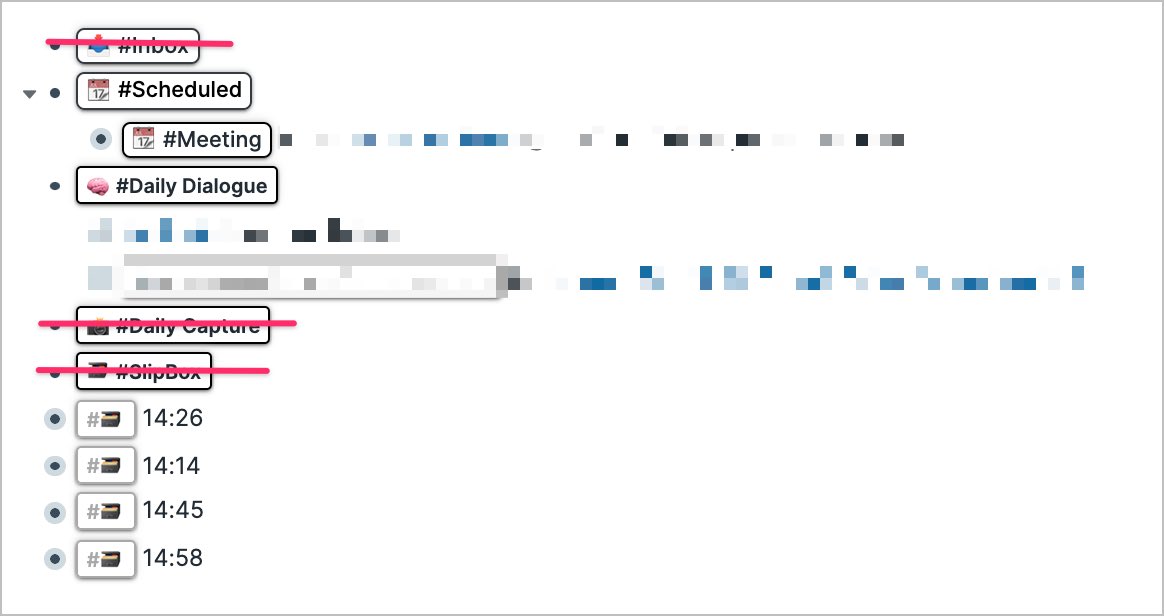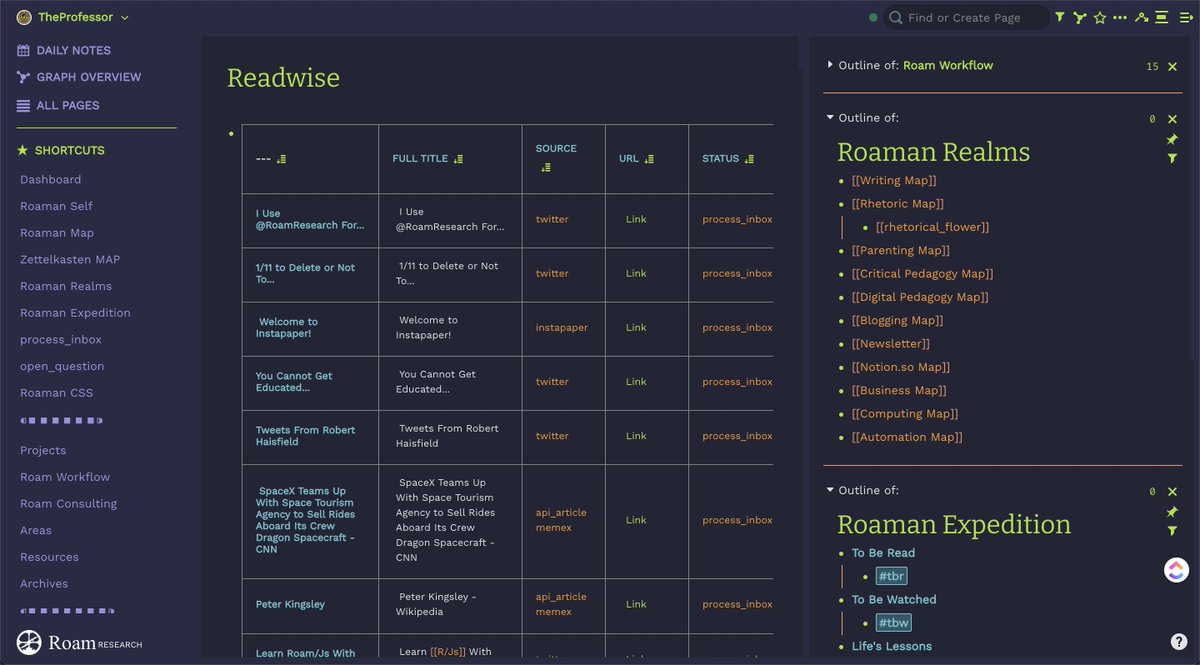
#AdviceFromARoman Continuing the "advice" column that I started some time back regarding how to best utilize @RoamResearch for your knowledge graph. The TL:DR, every block or block-tree should have three elements associated with it. An ENTITY, a TYPE, and of course its CONTENT. 

What do I mean? Fundamentally, Roam "search" is a very different paradigm than other consumer writing/notes applications. Well, I am not going to explain how Roam works behind referring to my prior advice tweets about tag/page ref inheritance.
https://twitter.com/calhistorian/status/1404579632918056969?s=20
Importantly though, exploiting Roam's search workflow requires you to recognize that the power is in page refs (and "tags"). But because Roam is so flexible to the point of being agnostic in this regard, one must build with search and discoverability in mind. 

Which brings me to the advice. When creating blocks and block-trees that you wish to retrieve in the future through exploration or serendipity, my suggestion is that you define at least one ENTITY (subject) and at least one TYPE (kind of notes) for your block and/or block-tree. 

Blocks or block trees that have only one reference or a collection of unrelated references (like multiple entities) are difficult to surface when using queries or block searches. Mixing types of blocks or block trees can similarly create false positives in queries. 

And of course, it works with any kind of Entity-Type block-trees. But this should be done with every block tree in your graph DEPENDENT on the mode by which you resurface your blocks. 

Further, you *can* create a functionally immature semantic graph in Roam if you "type" your blocks in the appropriate way and utilize queries and filters to follow the trails of entities and types.
• • •
Missing some Tweet in this thread? You can try to
force a refresh










